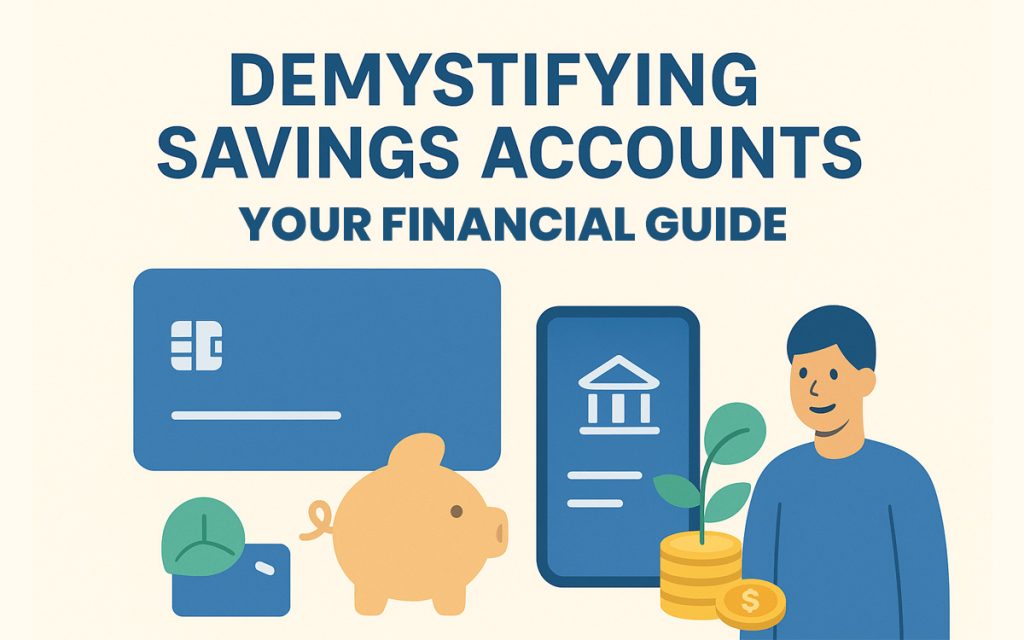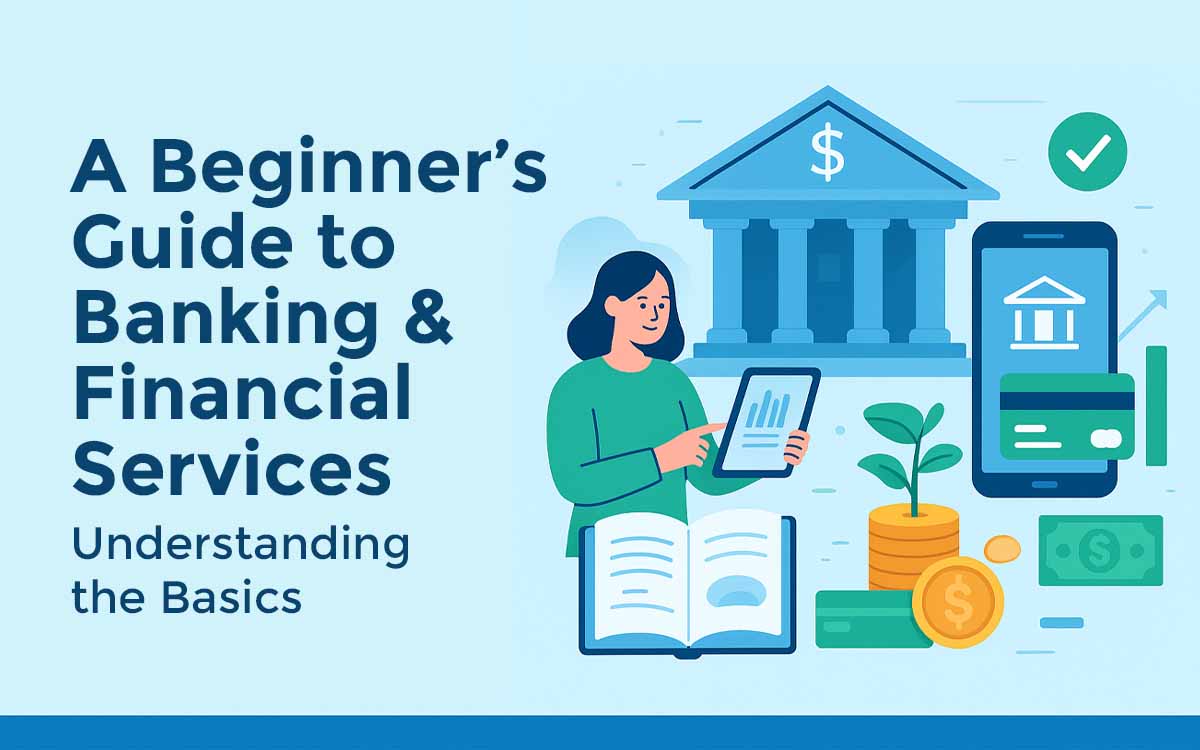Are you looking for a safe and reliable way to save money while earning interest? If so, a savings account might be the perfect solution for you. In this comprehensive guide, we’ll cover everything you need to know about savings accounts, from the basics to the benefits, empowering you to make informed decisions as you embark on your journey toward financial security and growth.

What is a Savings Account?
At its core, a savings account is a type of deposit account offered by banks and financial institutions that allows you to deposit money and earn interest on your savings. Unlike checking accounts, which are designed for frequent transactions, savings accounts are intended for storing money over the long term while providing a modest return on your balance through interest payments.
How Does a Savings Account Work?
When you open a savings account, you deposit money into the account, which then accrues interest based on the account’s interest rate and the amount of money you have saved. The interest earned is typically compounded either daily, monthly, or annually, depending on the bank’s policies. This means that the interest you earn begins to earn interest itself, allowing your savings to grow over time.
Benefits of a Savings Account:
- Safety and Security: Savings accounts are considered one of the safest places to store your money. Funds deposited in savings accounts are typically insured by the government up to a certain limit (e.g., FDIC insurance in the United States), providing peace of mind and protection against loss.
- Interest Earnings: One of the primary benefits of a savings account is the opportunity to earn interest on your savings. While savings account interest rates may be relatively low compared to other investment options, they still provide a risk-free way to grow your money over time.
- Liquidity: Savings accounts offer high liquidity, meaning you can access your funds easily and quickly whenever needed. Unlike some other types of investments, there are usually no penalties or restrictions for making withdrawals from a savings account, making it an ideal option for emergency funds or short-term savings goals.
- Convenience: Most banks offer online and mobile banking services, allowing you to manage your savings account conveniently from anywhere, at any time. You can check your balance, make deposits or withdrawals, and transfer funds between accounts with just a few clicks or taps.
ALSO READ Understanding Regular Savings Accounts: A Comprehensive Guide
Advantages of a Savings Account:
- Safety and Security: Savings accounts are considered one of the safest places to store your money. Deposits in savings accounts are often insured by the government up to a certain limit, providing protection against loss in case the bank fails.
- Interest Earnings: One of the primary benefits of a savings account is the opportunity to earn interest on your savings. While savings account interest rates may be relatively low compared to other investment options, they still offer a risk-free way to grow your money over time.
- Liquidity: Savings accounts offer high liquidity, allowing you to access your funds easily and quickly whenever needed. There are typically no penalties or restrictions for making withdrawals from a savings account, making it an ideal option for emergency funds or short-term savings goals.
- Convenience: Most banks offer online and mobile banking services, allowing you to manage your savings account conveniently from anywhere, at any time. You can check your balance, make deposits or withdrawals, and transfer funds between accounts with ease.
Disadvantages of a Savings Account:
- Low Interest Rates: While savings accounts offer a safe way to save money, the interest rates they offer are generally lower compared to other investment options such as stocks or mutual funds. This means that your savings may not grow as quickly as they would with higher-yield investments.
- Inflation Risk: Inflation can erode the purchasing power of your savings over time, especially if the interest rate on your savings account does not keep pace with inflation. This means that the real value of your savings may decrease over time, impacting your ability to meet future financial goals.
- Potential Fees: Some savings accounts may have fees or minimum balance requirements that could eat into your savings over time. It’s essential to carefully review the fee structure and terms and conditions of the account before opening to avoid unexpected charges.
ALSO READ Hidden Fees to Avoid in Savings Accounts
How to Open a Savings Account:
Opening a savings account is a straightforward process that can usually be completed online or in person at a bank branch. Here are the basic steps:
- Choose a Bank: Research various banks and compare their savings account offerings, including interest rates, fees, and features.
- Gather Required Documents: Prepare the necessary documents, such as government-issued identification (e.g., driver’s license or passport) and proof of address (e.g., utility bill or lease agreement).
- Submit an Application: Complete the account opening application either online or in-person, providing all required information and documentation.
- Deposit Funds: Once your account is approved, deposit the initial funds required to open the account, if applicable.
- Start Saving: Begin depositing money into your savings account and watch your savings grow over time through interest earnings.
In conclusion, a savings account is a valuable financial tool that offers safety, security, and the opportunity for modest growth on your savings. Whether you’re saving for a rainy day, a major purchase, or long-term financial goals, a savings account provides a reliable way to store your money while earning interest. By opening a savings account and making regular deposits, you can take the first step towards achieving financial security and building a brighter financial future.



